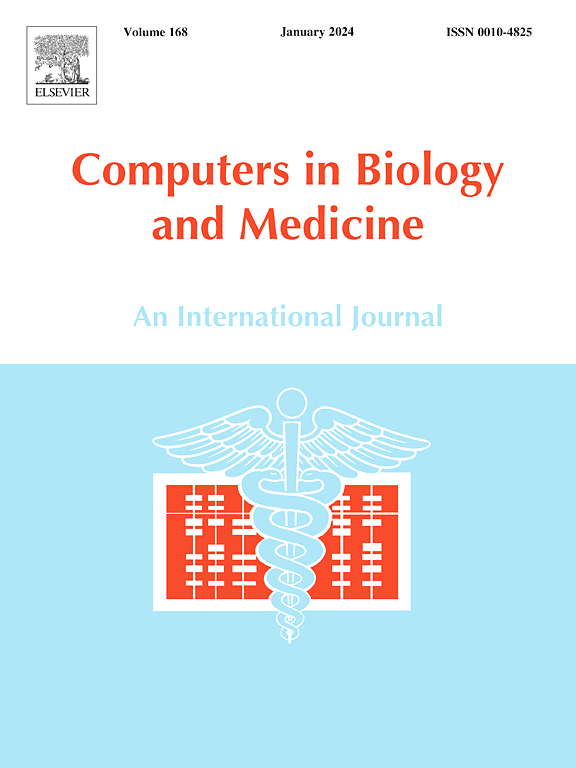Handwriting strokes as biomarkers for Alzheimer’s disease prediction: A novel machine learning approach
IF 7
2区 医学
Q1 BIOLOGY
引用次数: 0
Abstract
In recent years, machine learning-based handwriting analysis has emerged as a valuable tool for supporting the early diagnosis of Alzheimer’s disease and predicting its progression. Traditional approaches represent handwriting tasks using a single feature vector, where each feature is computed as the mean over elementary handwriting traits or strokes. We propose a novel approach that analyzes each stroke individually, preserving fine-grained movement information that is critical for detecting subtle handwriting changes that may indicate cognitive decline. We evaluated this method on 34 handwriting tasks collected from 174 participants, extracting dynamic and static features from both on-paper and in-air movements. Using a machine learning framework including classification strategies, feature selection techniques, and ensemble methods like ranking-based and stacking approaches, we were able to effectively model stroke-level variations. The ranking-based ensemble achieved the highest accuracy of 80.18% using all features while stacking performed best for in-air movements with 76.67% accuracy. Feature importance analysis through SHAP revealed that certain tasks, particularly sentence writing under dictation, were consistently more predictive. The experimental results demonstrate the effectiveness of our stroke-level analysis approach, which outperformed aggregated statistical methods on 24 out of 34 handwriting tasks, validating the diagnostic value of examining individual movement patterns.
手写笔画是预测阿尔茨海默病的生物标志物:新型机器学习方法
本文章由计算机程序翻译,如有差异,请以英文原文为准。
求助全文
约1分钟内获得全文
求助全文
来源期刊

Computers in biology and medicine
工程技术-工程:生物医学
CiteScore
11.70
自引率
10.40%
发文量
1086
审稿时长
74 days
期刊介绍:
Computers in Biology and Medicine is an international forum for sharing groundbreaking advancements in the use of computers in bioscience and medicine. This journal serves as a medium for communicating essential research, instruction, ideas, and information regarding the rapidly evolving field of computer applications in these domains. By encouraging the exchange of knowledge, we aim to facilitate progress and innovation in the utilization of computers in biology and medicine.
 求助内容:
求助内容: 应助结果提醒方式:
应助结果提醒方式:


